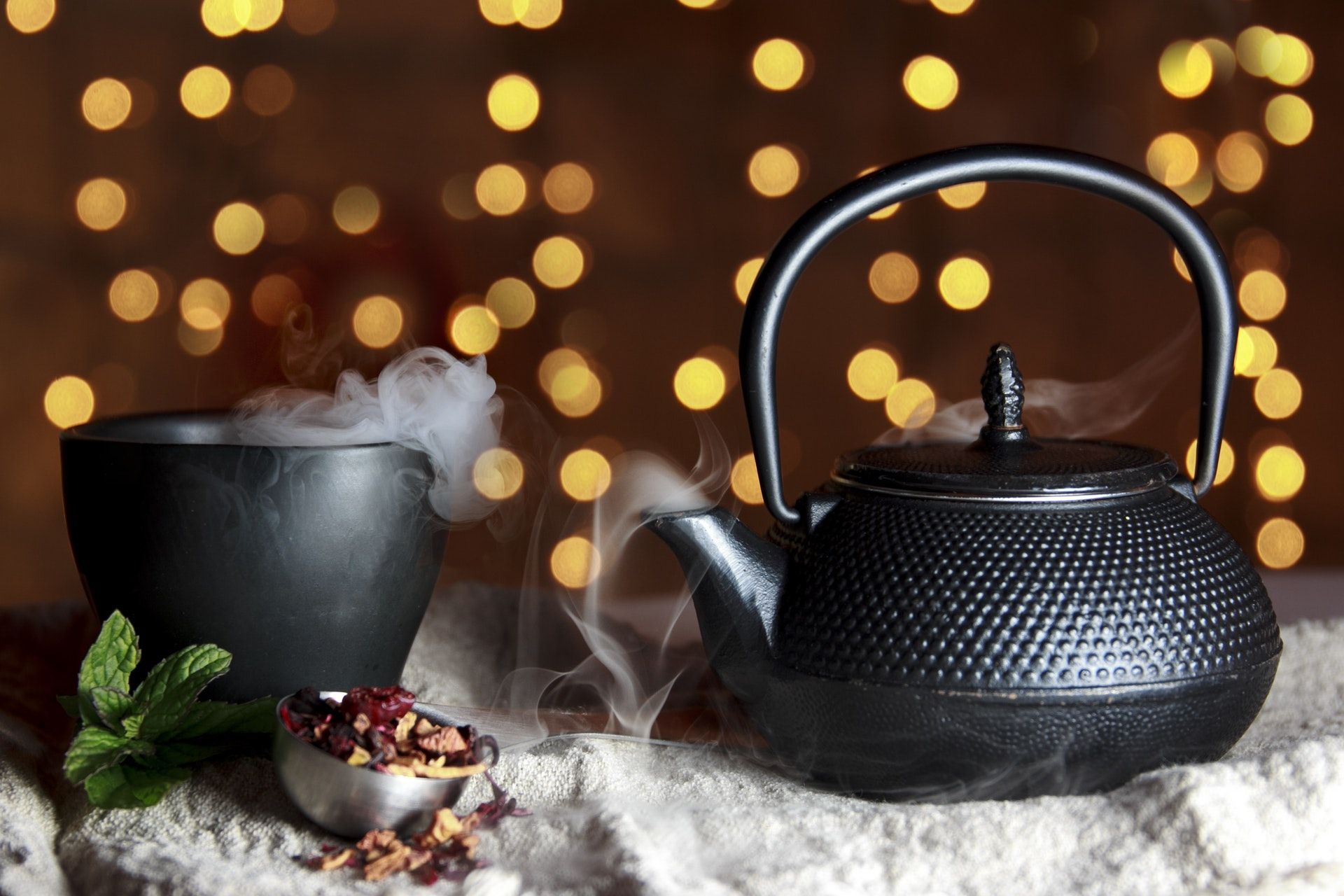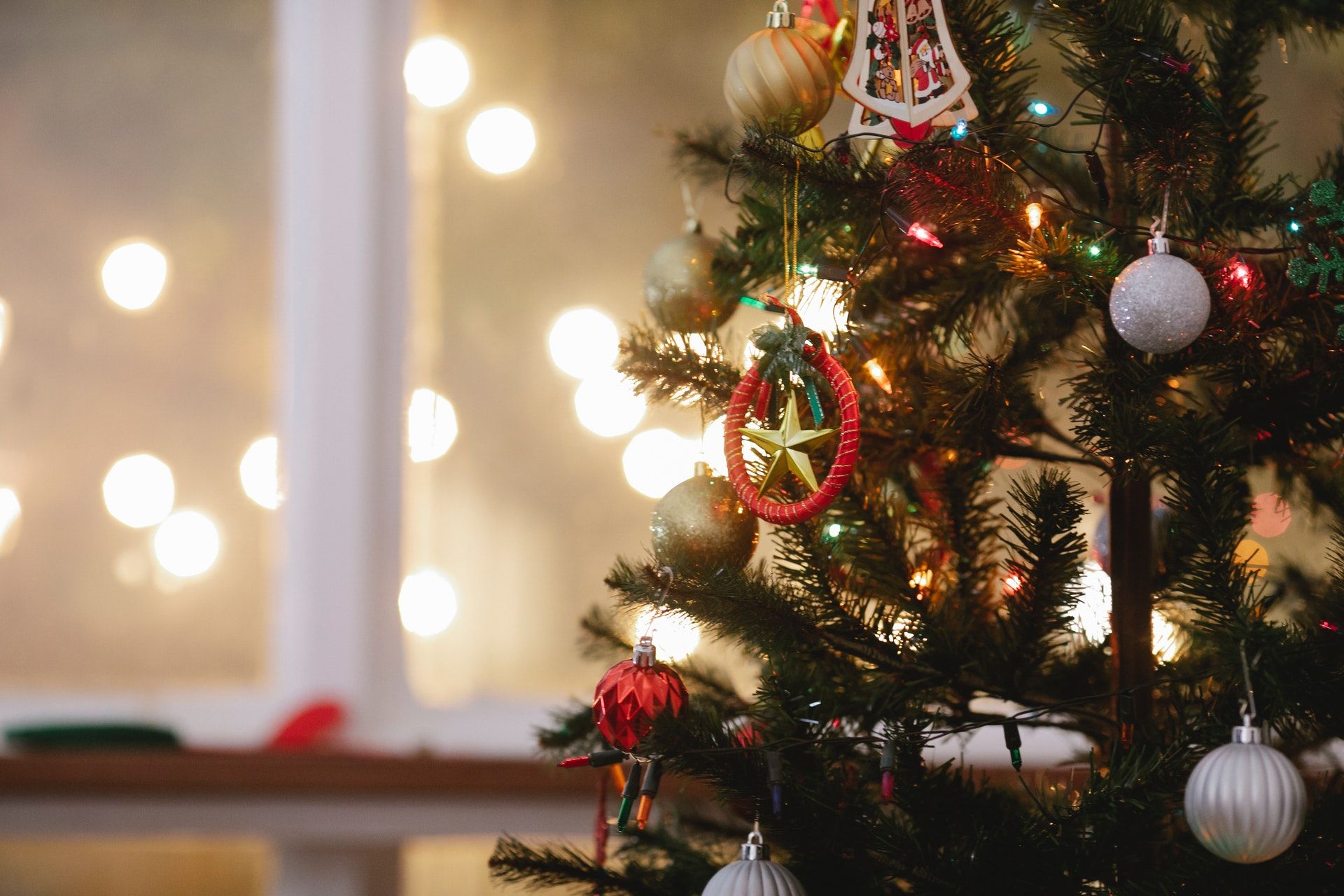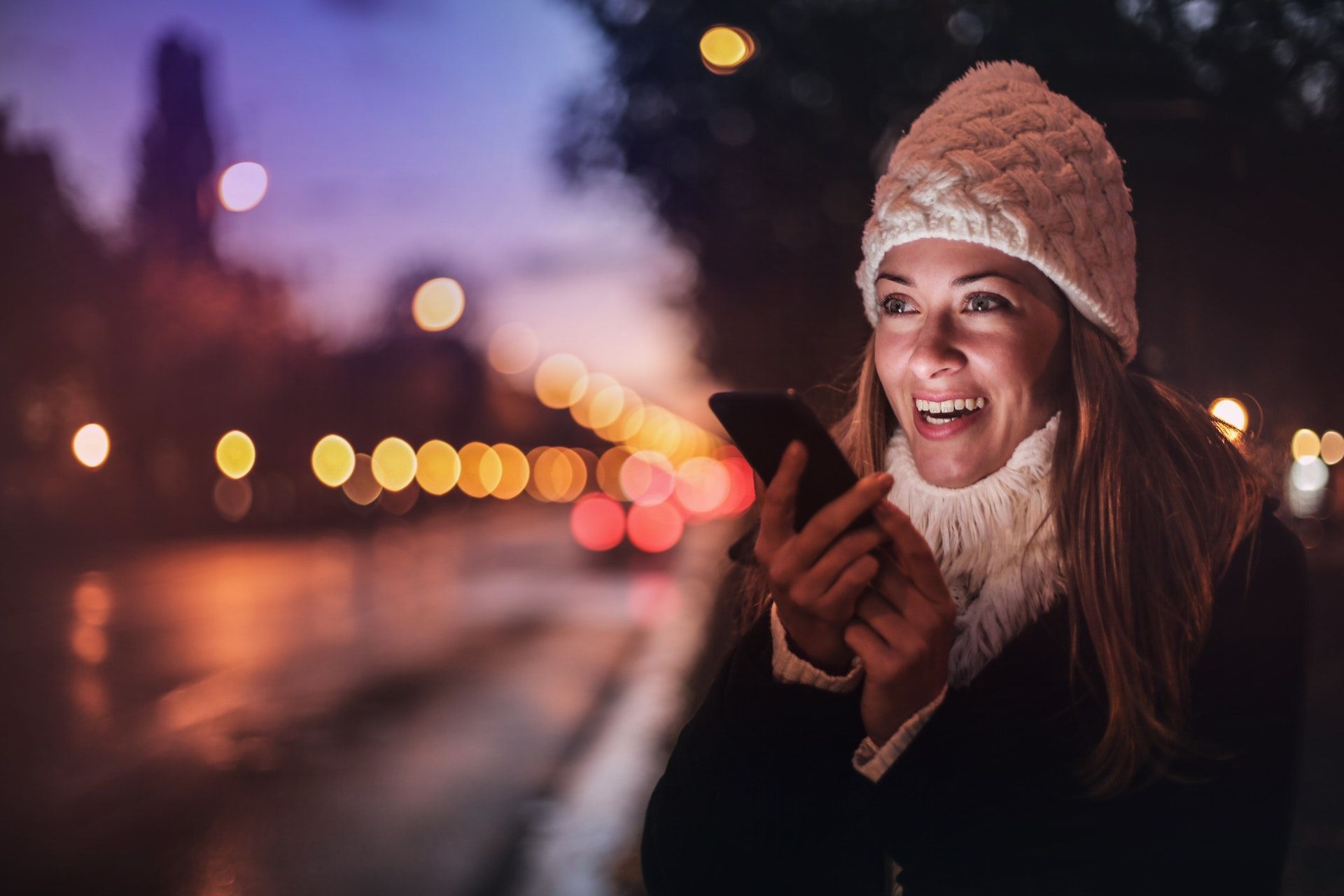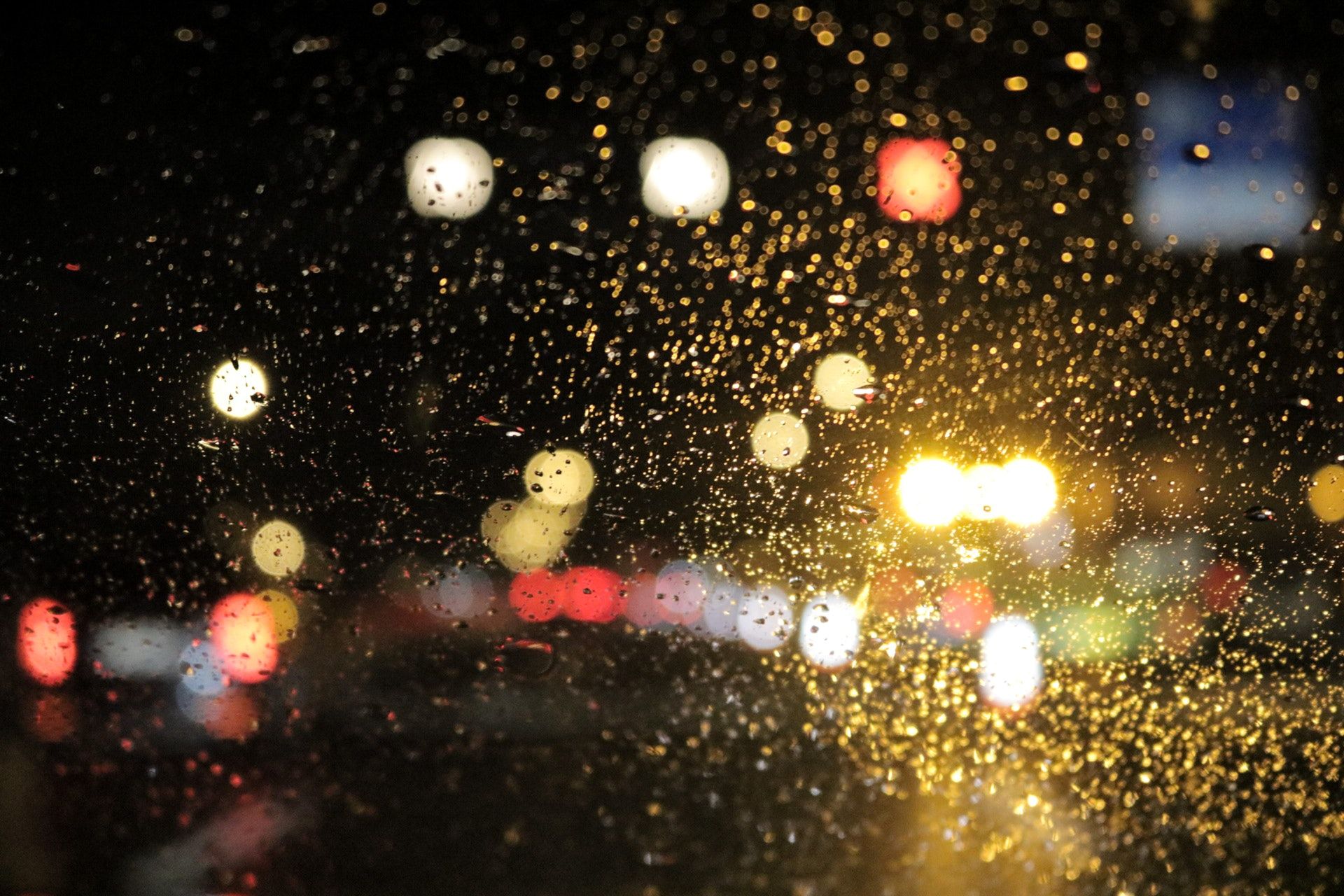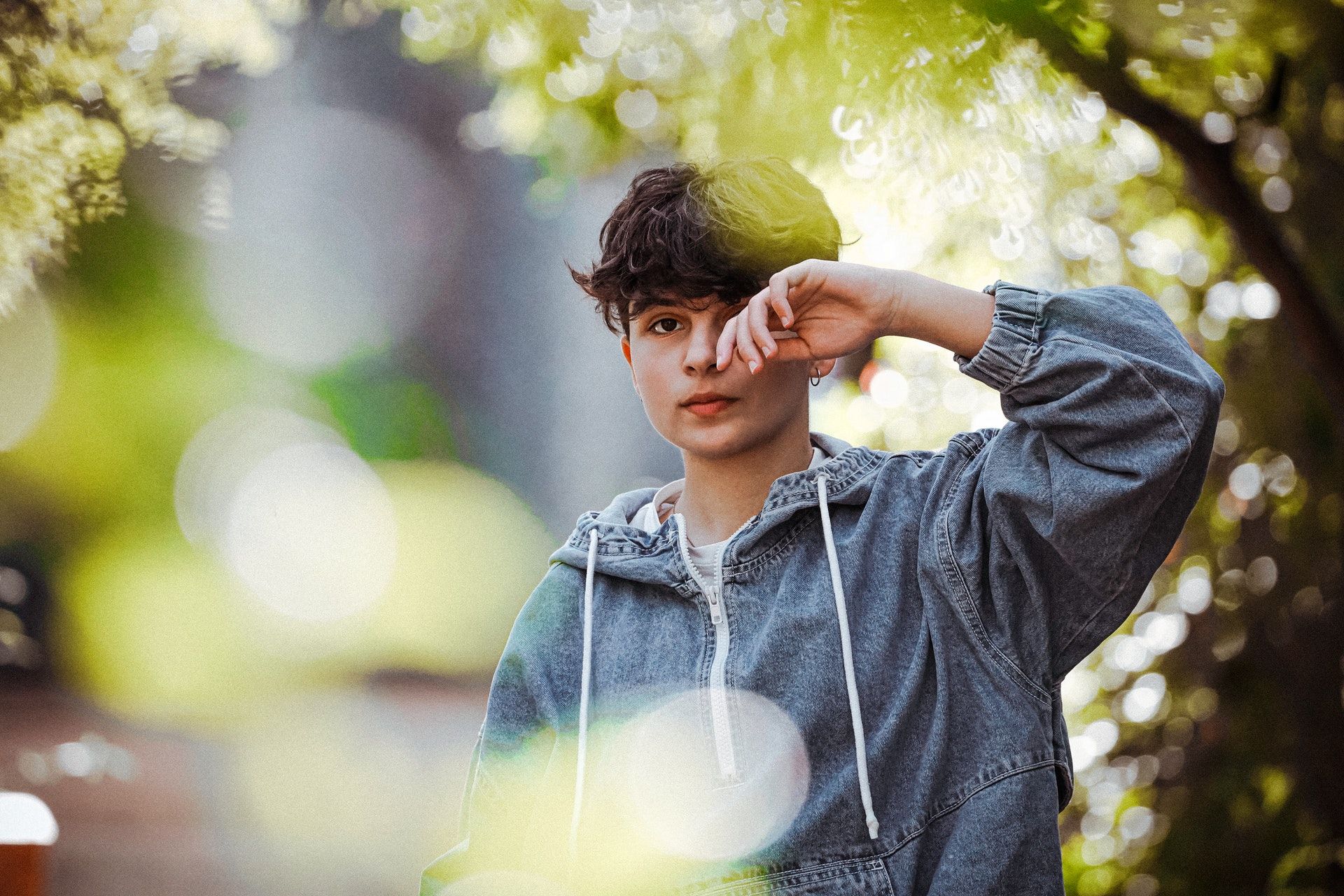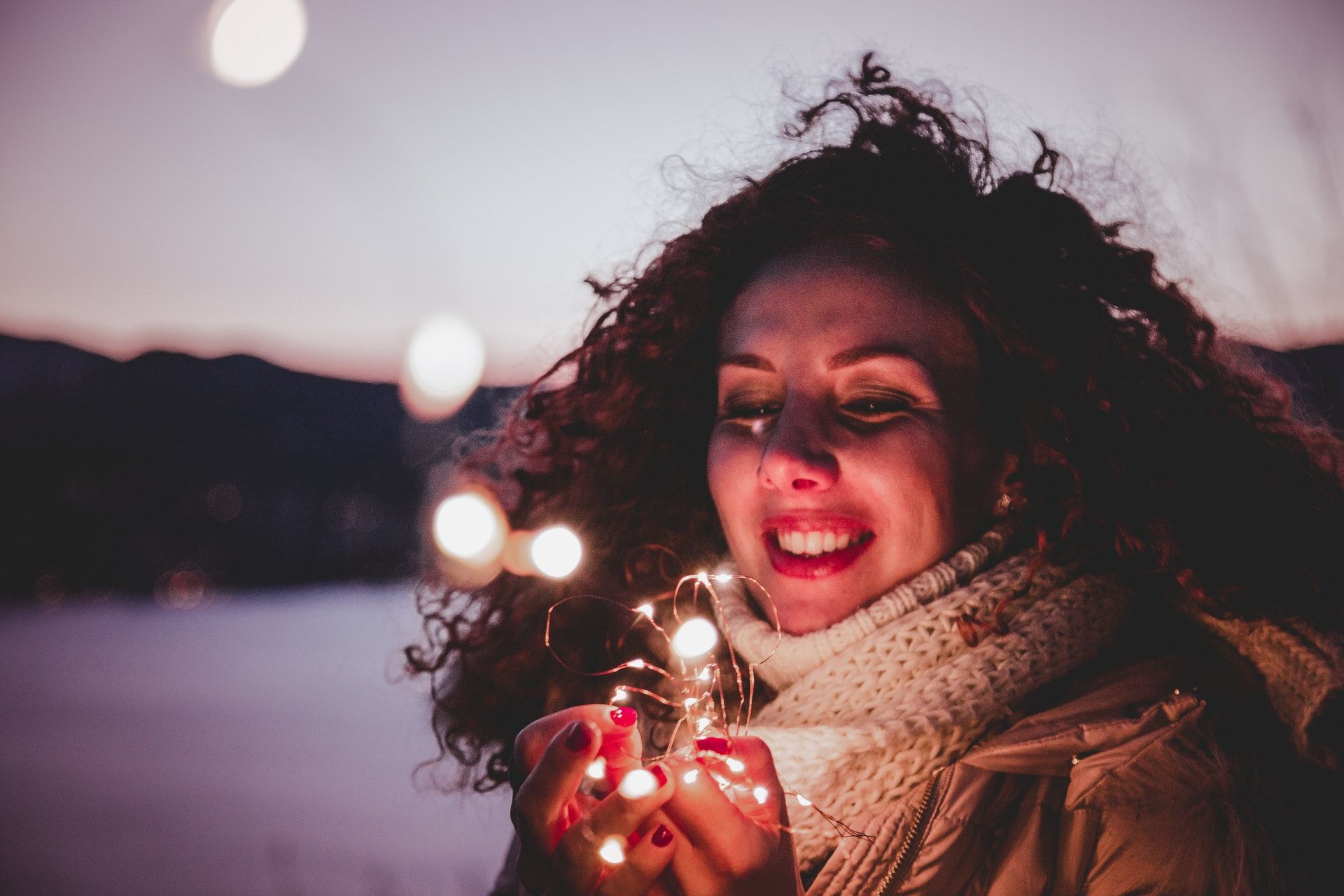Bokeh is a Japanese word that has inspired the photographic community for more than two decades. It's a stunning effect that almost instantly elevates a photo. In this article, we're going to give you some tips for creating bokeh with your camera.
What Is Bokeh?
Bokeh is the result of how a lens renders out-of-focus points of light. The quality or look of bokeh is determined by the aperture shape and lens aberrations. You can also achieve bokeh effects by using software programs like Luminar AI to blur the background of images.
Let's get right into our tips and tricks for creating bokeh with your camera.
1. The Best Aperture Settings for Bokeh
The most important camera setting to obtain the best possible bokeh is aperture. You need to shoot "wide open" to achieve the best results. In other words, you want to set your aperture to the lowest f-stop number so that the lens is opened to its widest.
Many photographers would suggest that decent or even great bokeh effects can be achieved at f/1.8, but lenses that are capable of f/1.4 or even f/1.2 are going to produce better bokeh. Keep in mind that low f-stop lenses are often a lot more expensive.
In reality, it's possible to achieve bokeh at any f-stop value as long as you have points of light that can be rendered out-of-focus. The quality of bokeh and what is considered beautiful is really a matter of personal preference, anyway.
If you don't own an expensive lens, that's perfectly fine. The above image of the tea kettle was shot at f/4, so chances are that you'll be able to achieve pleasing bokeh no matter what lens you're shooting with.
2. Consider Lens Compression and Sensor Size
Lens compression plays a part in how bokeh will look. The lens compression effect has to do with the relative distance between you, the subject, and the background. Simply put, things that are more distant in the background will appear closer to the subject with longer focal lengths compared to shooting with shorter focal lengths.
In the above image of the window scene, the photographer shot with a 135mm lens at an f/2.8 aperture setting. The bokeh in the background could have been in the photographer's yard or even across the street. The takeaway here is that distant points of light can be brought forward or compressed so that it appears to be closer to the subject.
Similarly, sensor size plays a role in the subject-to-background relationship. A crop factor will come into play whenever you compare cameras of different sensor sizes, whether they're smartphone cameras, APS-C cameras, or full-frame cameras.
3. Get Close to Your Subject
The quickest and easiest way to get bokeh is to get as close to your subject as possible. As long as you have at least one source of background light, you'll likely be able to create bokeh.
Getting close ideally means standing as close to your subject as possible, not zooming in. But this depends on how much space you have to work with in order to frame your subject with your lens. Just remember, the closer you can physically get to your subject, the better opportunities you'll have for bokeh.
4. Creating Bokeh Outside
The two best ingredients for creating dramatic bokeh are nighttime and traffic or neon signs (any kind of lit signs, really). If you're creating portraits, you can stand within a few feet of your subject and focus on the eyes or face. If there are any lights in the background, this will immediately create a bokeh effect.
This isn't to say that you can't create bokeh during daylight hours, you'll just have to search a little harder to find the right type of light sources. Look for surfaces that reflect direct sunlight or bright sources of artificial light. Trees and other things that filter and change the shape of sunlight are also great.
5. Create Your Own Bokeh
If all else fails, you can always create your own bokeh for portraits and creative photography projects. Christmas lights have been a popular choice for photographers for the longest time. This is because you can choose from many colors and you're able to easily string them out to lend shape to the light.
There are countless other options too. You can use LED lights, candles, flashlights, smartphones; basically anything that's portable and easy to manipulate.
Bokeh Is Beautiful
Now that you understand what bokeh is and how to create it, it's time to grab your camera and go out and create some beautiful effects for your next project. You'll be amazed at what you can achieve even with the most modest of cameras and surroudnings.


